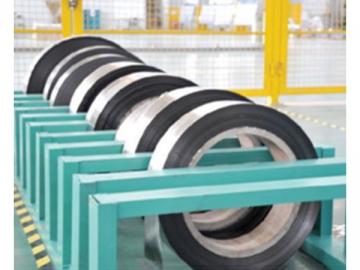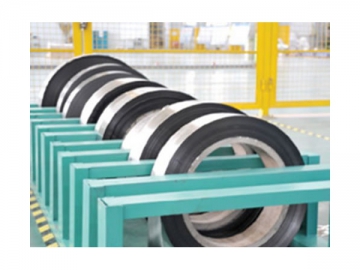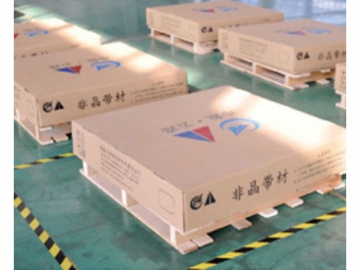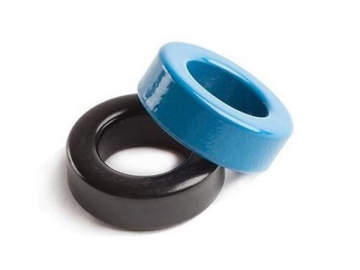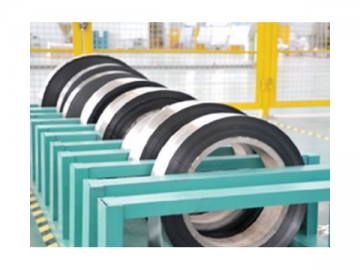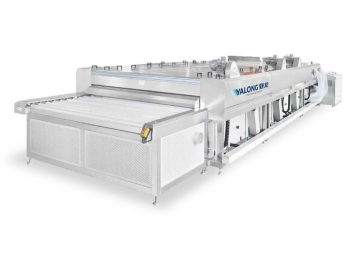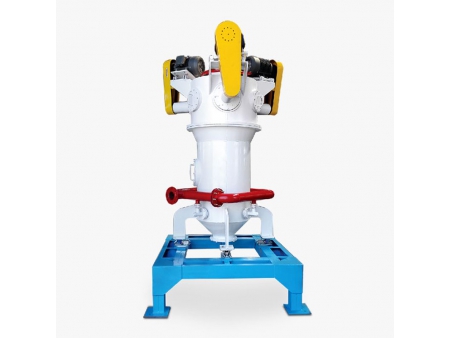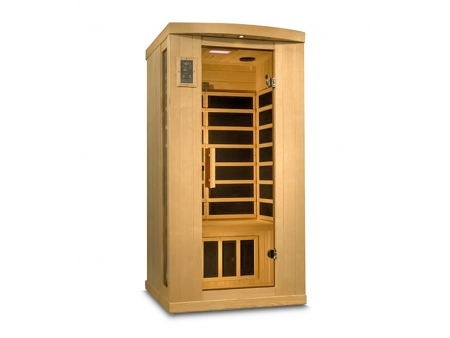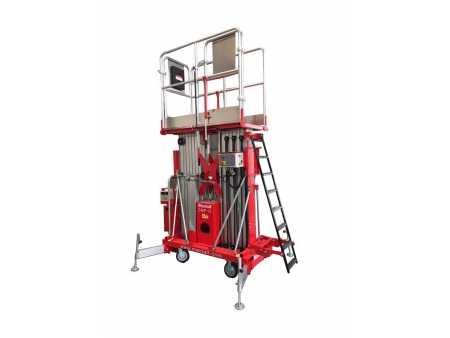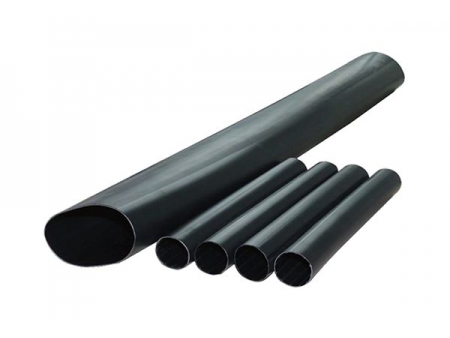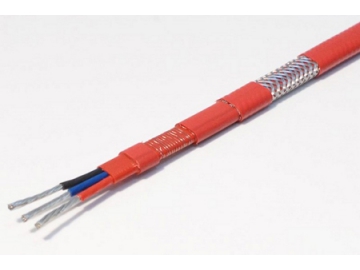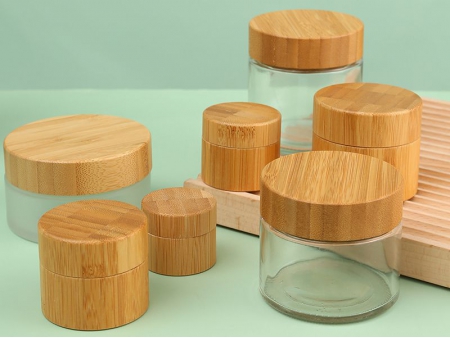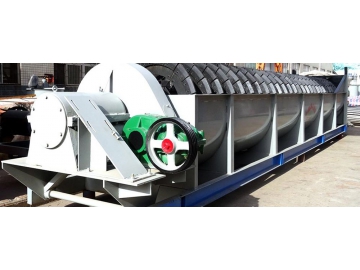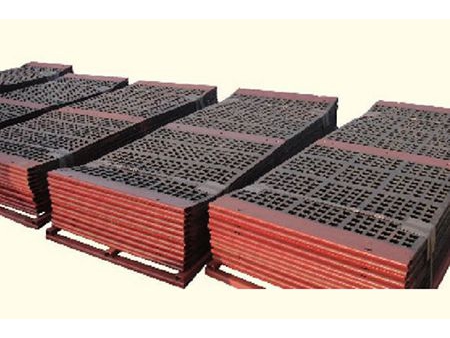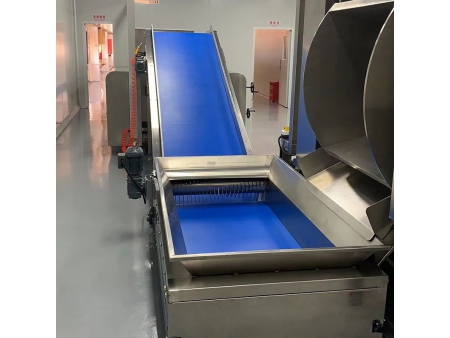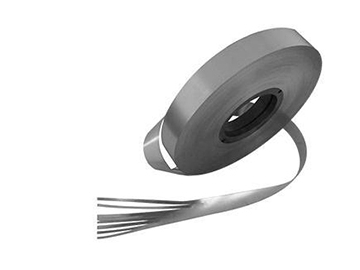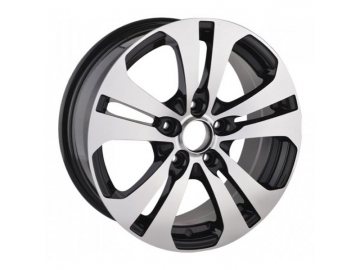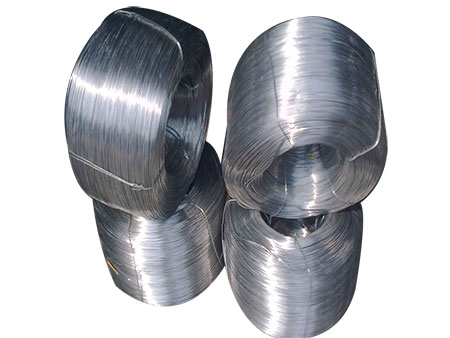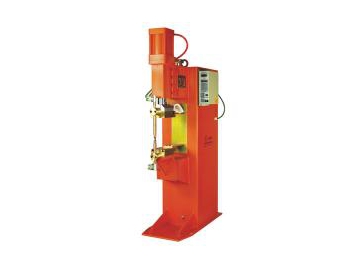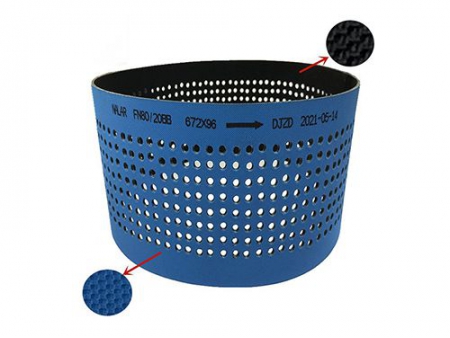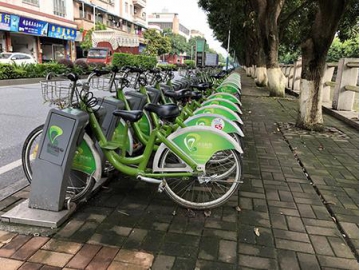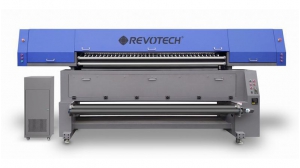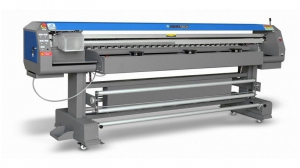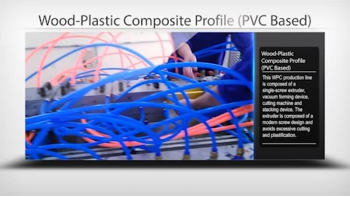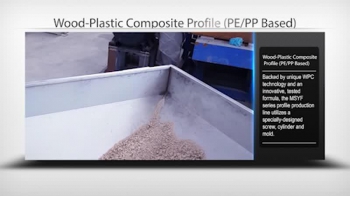Fe-based Amorphous
Fe-based amorphous ribbon is made by applying molten steel to a finished thin ribbon by quick cooling solidification methods. Compared with traditional metal magnetic materials, amorphous alloy is high in magnetoconductivity (10 times more than that of ferrite) and low in loss (1/5~1/10 that of silicon steel and 1/2~1/5 ferrite) due to the disordered arrangement of its atoms. It is an excellent soft magnetic material, which can take the place of silicon steel, permalloy or ferrite to be a transformer core, mutual inductor, sensor and so on. With a Fe-based amorphous strip, the efficiency of the transformer will be improved and its size, weight and energy consumption kept low.
The Fe-based amorphous strip is known as dual energy-saving material because it is made by environmentally-friendly processes and used in environmentally-friendly products:
1. Energy saving manufacturing processes: Compared with traditional metallurgical processes (silicon), rapid solidification technology eliminates the need for complex machining processes, reducing the energy consumption by about 80%. Statistically, the production of one kilogram of amorphous alloy strip saves one liter of oil compared to the production of 1 kg of cold-rolled silicon steel sheet;
2. Energy-saving products: At present, the Fe-based amorphous materials have been successfully used in electrical and electronic transformers. The transformer load loss is reduced more than 70%, and the amorphous distribution transformer with the capacity of 315kVA saves 5000 kw/h annually, reducing carbon dioxide emissions by 4.5 tons.
| Performance Indicators | Fe-based amorphous alloy | Cold rolled silicon steel |
| Saturation magnetic induction (T) | 1.56 | 2.03 |
| Coercivity (A/m) | ≤4 | ≤30 |
| Maximum permeability | <20xl04 | 4xl04 |
| Iron loss 50 Hz 1.35T(W/kg) | <2 | <0.8 |
| Exciting power 50Hz 1.35T(VA/kg) | <0.4 | <0.95 |
| Lamination factor | >0.85 | 0.96 |
| Magnetostrictive coefficient | 27xl06 | - |
| Resistivity μΩ.cm | 130 | 0.45 |
| Density (g/cm3) | 72 | 7.65 |
| Crystallization temperature (℃ ) | 550 | - |
| Layer temperature (℃ ) | 415 | 746 |
| Tensile strength ( MPa ) | 1500-2000 | 343 |
| Vickers hardness ( HV) | 900 | 181 |
| Thickness (μm ) | 30 | 300 |

